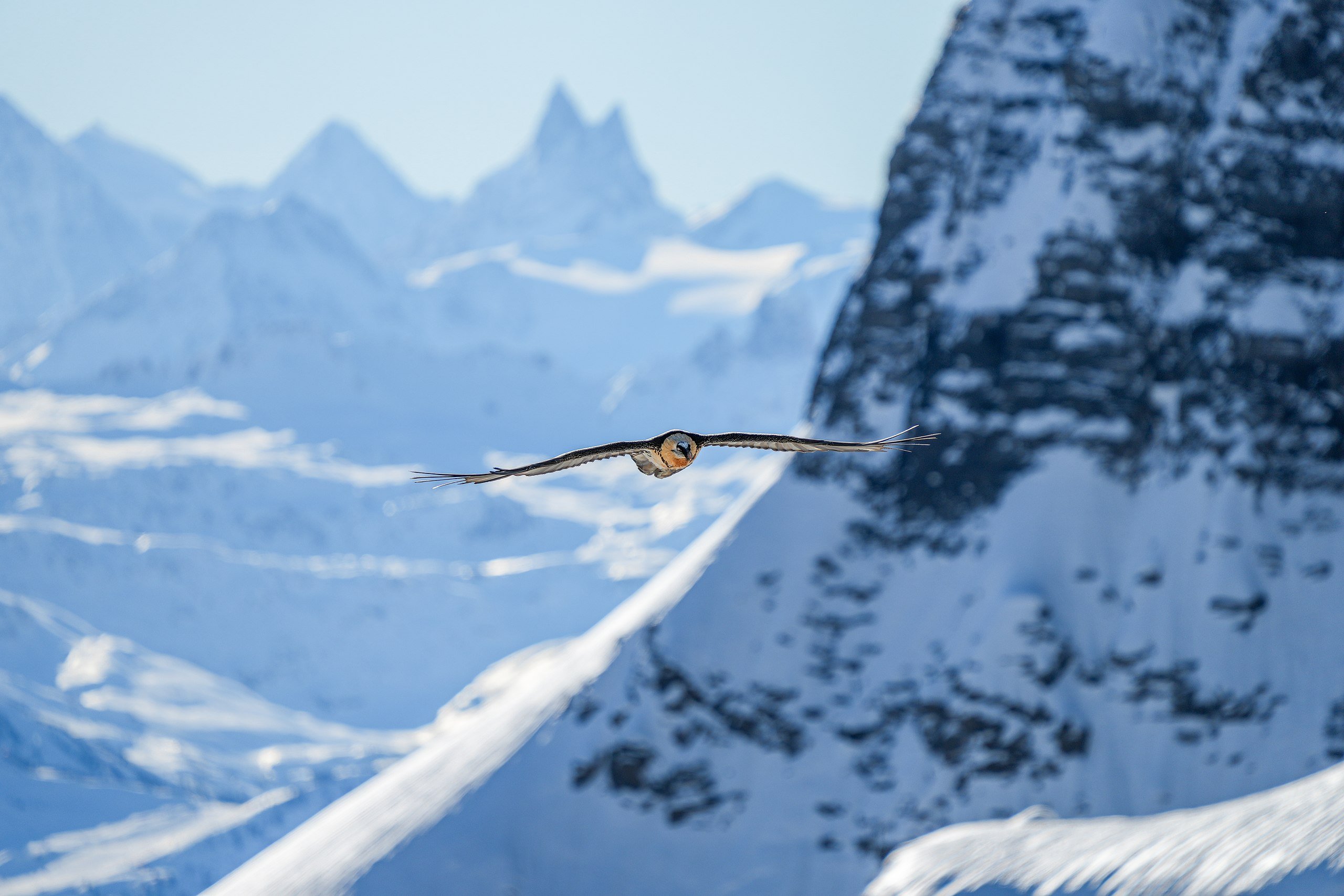darts mission has already reached its destination and is preparing to collide with the corresponding point of one of the asteroids of the binary system formed by Didymos and Dimorphos. It took ten months to arrive on a journey in which he took the opportunity to take some beautiful photographs Jupiter and some of its moons. But it wasn’t just a travel photo. In fact, with his help, he checked some devices that should work perfectly at the time of the collision.
it’s about your navigation system and his onboard camera, Didymos Reconnaissance and Asteroid Camera for Optical Navigation (DRACO). The first was used to steer the spacecraft towards Jupiter, just like it would need to steer towards asteroids in order to properly collide. As for DRACO, he must be responsible for photographing the collision and its aftermath. NASA will also have camera support LICIAcube, a ship launched by the Italian Space Agency that will serve as support. But of course your own camera will take the closest shots.
DART did not touch Jupiter, but was able to take advantage of certain similarities with the asteroid system of its last stop to test all of these instruments. And the test went great.
Why did DART stop at Jupiter?
The NASA scientists running DART have set their navigation system to look for one of Jupiter’s moons. Europewhen he appears from behind the planet in his journey around it. The spectacle is very similar to what will happen between Dimorphos and Didim. The first of these two asteroids will be chosen for impact. Therefore, the ship must be able to recognize it when it appears and stop in front of it in the right place.
In the Jupiter test, they skipped the impact stage but launched DRACO to capture images similar to those that would be taken during the impact. collision.
The result is an image that clearly shows Jupiter and its four largest moons. it Ganymede, Io, Callisto and Europa and indeed this last one, the one used for the experiment, is the smallest of them all.
One of the scientists behind the onboard camera Caroline Ernst, explained in a NASA statement that the images are fantastic, so everyone is excited to see what DART is showing us tonight. The pictures taken by DRACO will remain for posterity, but we will also be able to follow the collision live thanks to a NASA broadcast. The timing is a little out of season for a Monday evening if we are in Spain, but well worth it.
Source: Hiper Textual














